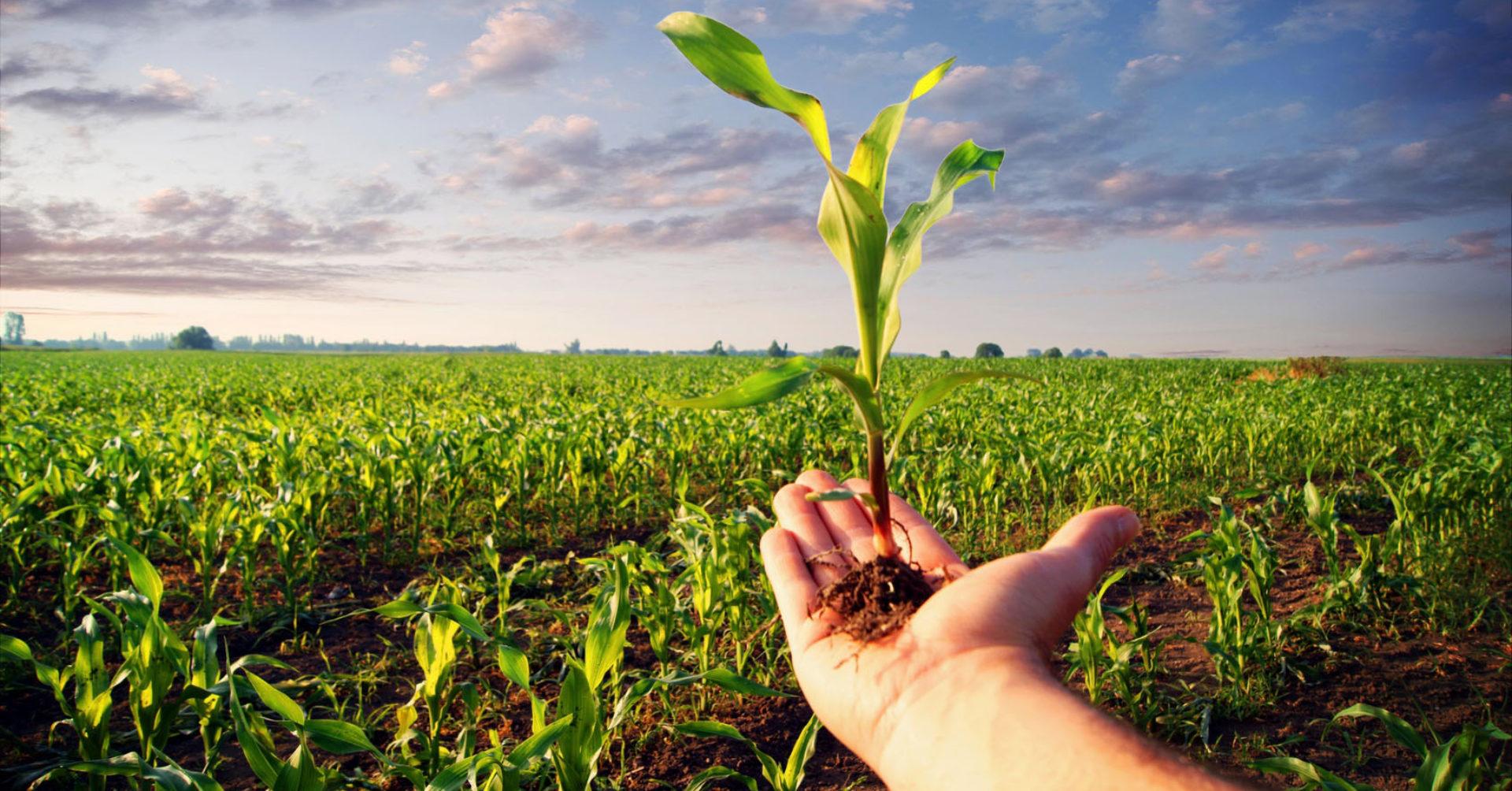The Plant Phenotyping Process Involves Comprehensive Characterization Of The Visual Appearance, Biochemical Composition, Growth Pattern And Adaptation Of Various Plants To Biotic And Abiotic Stresses. Automation In Agriculture And The Increasing Use Of Advanced Imaging And Sensing Technologies Has Enabled Large-Scale Evaluation Of Quantitative Plant Traits Both In Lab Settings As Well As In The Fields. Phenotyping Platforms Provide Valuable Insights Into Genetic And Molecular Mechanisms Controlling The Traits Of Interest And How They Interact With The Environment.
The Global Plant Phenotyping Market Is Estimated To Be Valued At US$ 227.28 Mn In 2023 And Is Expected To Exhibit A CAGR Of 2.4% Over The Forecast Period 2023 To 2030, As Highlighted In A New Report Published By Coherent Market Insights.
Market Dynamics:
Rising Adoption Of Technologies (One Driver From Heading): The Increasing Adoption Of Advanced Imaging And Sensing Technologies Such As Hyperspectral Imaging, Infrared Thermal Imaging, Unmanned Aerial Vehicles (Uavs) And 3D Imaging For Plant Phenotyping Is Expected To Boost Market Growth Over The Forecast Period. These Technologies Offer Non-Destructive, High-Throughput And Cost-Effective Ways For Robust Trait Characterization. For Instance, Uavs Equipped With RGB, Multispectral Or Thermal Cameras Enable Frequent Field Scans And Acquisition Of Temporal Datasets. Automated Software Then Processes The Outputs To Derive Quantitative Metrics Related To Growth, Yield And Stress Responses. This Drives The Demand For Integrated Plant Phenotyping Platforms And Related Services.
SWOT Analysis
Strength: The Plant Phenotyping Market Has Strong Growth Potential Owing To Rising Demand For Higher Crop Yields.Plant Phenotyping Offers Precise Plant Analysis Which Helps Boost Agricultural Productivity.Adoption Of Robotics And Imaging Technologies Have Made Plant Phenotyping More Efficient And Accessible.
Weakness: High Initial Investment Requirements For Plant Phenotyping Systems Pose Challenges Especially For Smaller Farmers And Companies. Dependence On Weather Conditions Can Impact Plant Analysis Outcomes.Lack Of Universal Phenotyping Standards Makes Cross-Study Comparisons Difficult.
Opportunity: Increasing R&D Activities In Plant Breeding Present Major Opportunities For Phenotyping Vendors.Emerging Countries Offer Vast Growth Prospects Led By Rising Food Demand.Integration Of Artificial Intelligence And Drones Widen Applications Of Plant Phenotyping.
Threats: Political Uncertainties In Key Agricultural Markets Can Negatively Impact Trade.Climate Change Induced Risks To Crops Pose Threats.Slow Commercialization Of New Traits Leads To Delay In Return On Investments.
Key Takeaways
The Global Plant Phenotyping Market Growth Is Expected To Witness High Growth. The Global Plant Phenotyping Market Is Estimated To Be Valued At US$ 227.28 Mn In 2023 And Is Expected To Exhibit A CAGR Of 2.4% Over The Forecast Period 2023 To 2030.
Asia Pacific Is Projected To Grow At The Fastest Pace During The Forecast Period.Countries Like India, China Are Major Agricultural Producers Which Experience Varying Climatic Conditions. This Drives The Need For Robust Plant Phenotyping To Develop Climate-Resilient Crops. Rapid Economic Development In The Region Also Supports Increased R&D Investments In Agriculture.
Key Players Operating In The Plant Phenotyping Market Include BIOTRONIK SE & Co.KG, Medtronic Plc., Boston Scientific Corporation, Abbott Laboratories, Livanova Plc., Osypka Medical Gmbh, And MEDICO S.P.A. Leading Vendors Are Focusing On Product Innovations Such As Lab And Field Phenotyping Platforms Integrated With Advanced Imaging Technologies. Strategic Collaborations Between Equipment Providers, Trait Developers, And Research Institutions Are Also Growing. This Aids Commercialization Of New Crop Varieties Suited For Changing Climatic Conditions.
For more insights, read- https://www.pressreleasebulletin.com/plant-phenotyping-market-trends-size-and-share-analysis/
